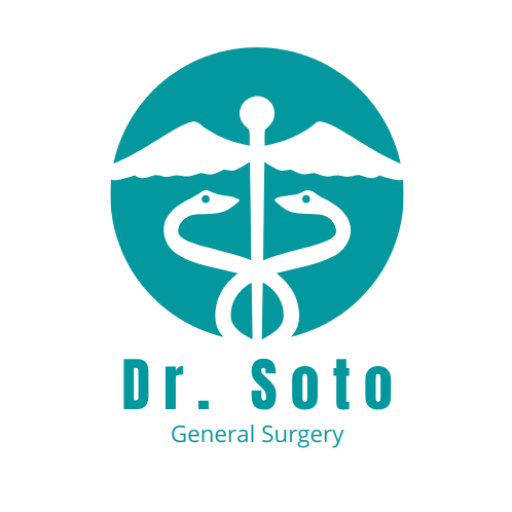Written by Dr. Olga Bednarek
Category: Procedures
Published: February 2, 2017
Esophagogastroduodenoscopy (Upper GI scope)
Upper GI endoscopy (EGD) allows your doctor to see the structures of your upper gastrointestinal tract including the esophagus, stomach, and the first part of your small intestine (duodenum) in real time. There are even some procedures that can be performed via EGD, such as treating some types of ulcers and taking biopsies.
Your doctor may talk to you about undergoing EGD if you have pain or nausea that persists in spite of medical treatment. EGD can also be used to assess if there are swallowing problems, reflux, upper GI bleeding, or if anything abnormal is seen on X-ray or other imaging.
Prior to the procedure, you will be instructed to take no food by mouth for several hours (typically 4-8 hours). You can still take your medications with a small sip of water. Some medications (for example, those for diabetes) may have to be adjusted to account for decreased food intake.
During the procedure you will be sedated. The camera (endoscope) will be passed through your mouth and advanced down your esophagus and eventually into your stomach and small intestine. If tissue biopsy or another procedure is required, it will be performed at this time with guidance from the endoscope. Your doctor may take pictures of your GI tract with the camera to keep with your medical records.
Source: UpToDate: Overview of upper gastrointestinal endoscopy (esophagogastroduodenoscopy)
Endoscopic Retrograde Cholangiopancreatography (ERCP)
ERCP is a procedure where a specialized endoscope (camera) is guided into the near end of your small intestine (duodenum). This allows the surgeon to see the bile ducts and pancreatic ducts, and also to use instruments to perform some procedures. X-ray dye is injected to help with visualization.
Procedures that may be performed by ERCP include the following:
- sphincterotomy (making a small cut in muscle to allow for better passage of fluids)
- stent placement
- dilating strictures
- drain placement or cyst drainage
- tissue sampling (biopsies) of the bile or pancreatic ducts
ERCP typically takes less than an hour, but because sedation is required it is a full-day affair. You will not be able to eat for several hours before the procedure, and you will require someone to take you home after the procedure is over.
Source: UpToDate: Endoscopic retrograde cholangiopancreatography: Indications, patient preparation, and complications
Colonoscopy (Lower GI Scope)
Colonoscopy is a procedure where a special camera is inserted through the anus and advanced through the rectum and colon, up to the far end of the small intestine (terminal ileum). This allows for careful examination of these areas and also allows your doctor to perform some procedures. Your doctor may take some pictures of your GI tract during a colonoscopy to keep with your medical record.
Colonoscopy may be used for screening and surveillance of colon cancer. Your doctor may also recommend the procedure if you have had rectal bleeding, chronic diarrhea that does not respond to medication, or if you’ve had a CT scan or other imaging that suggests some abnormality. Procedures that can be performed alongside colonoscopy include:
- foreign body removal
- decompression of some kinds of bowel obstructions (for example, sigmoid volvulus)
- dilation of strictures
- biopsies (tissue sampling) and polyp removal (polypectomy)
During the procedure you will be sedated. Often, one of the medications used for the procedure has amnesic properties, so you likely will not remember very much of the procedure.
Preparation is one of the most important parts of a colonoscopy (and it is often cited by patients as the most unpleasant part!). For one day before the procedure you may only consume clear liquids (water, clear broth, jello, clear fruit juices such as apple). Do not consume any red liquids as these may be mistaken for blood in the colon. You will also be prescribed a laxative to take before the procedure; it is very important to take this so that your colon is all cleared out for the best visualization. Two hours before the procedure you should take nothing by mouth (with the exception of medications with small sips of water). Some of your medications (for example, those for diabetes) may need to be adjusted due to decreased food intake prior to the procedure.
Source: UpToDate: Overview of colonoscopy in adults
